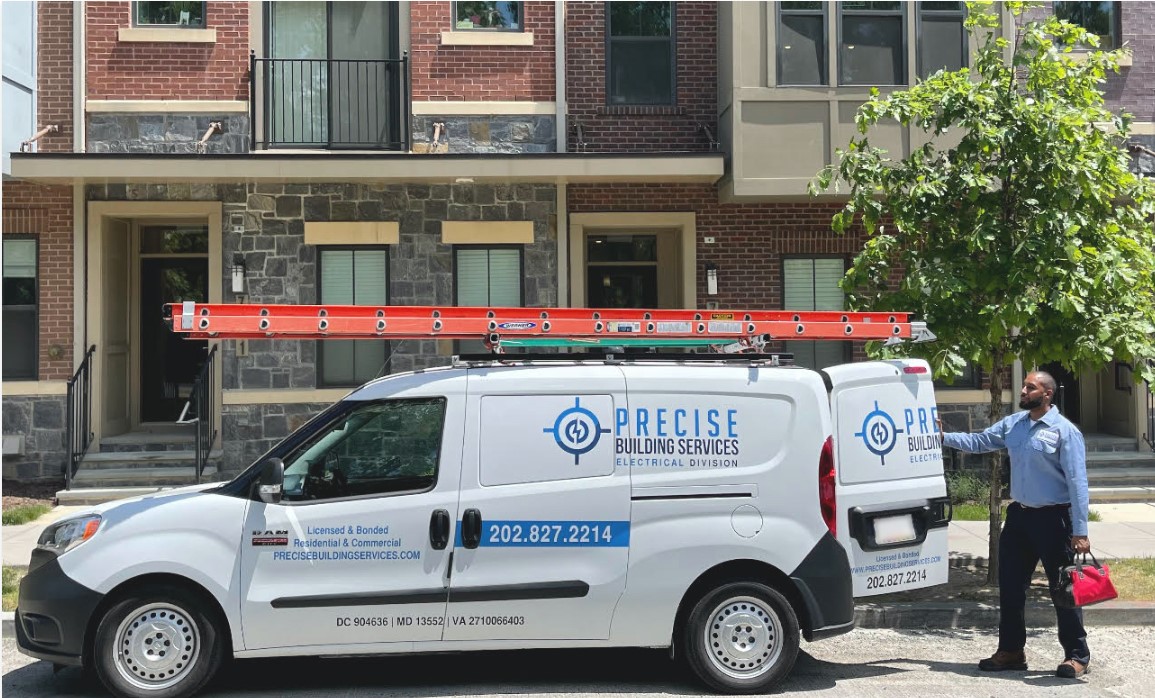
NFPA 70B preventive maintenance establishes the national standard for electrical preventative maintenance (EPM). Following NFPA 70B guidelines is critical for preventing electrical failures, minimizing downtime, ensuring workplace safety, and maintaining OSHA electrical compliance and insurance requirements.
Why NFPA 70B Preventive Maintenance Is Critical
This guide provides an electrical maintenance checklist of specific actions—including infrared thermography, breaker testing, switchgear inspection, transformer testing, battery system maintenance, and more—to help you develop a compliant and efficient preventative maintenance program.
Full Electrical Maintenance Checklist:NFPA 70B Procedures
- Infrared Thermography (Across All Systems)
- Perform proactive infrared electrical inspection on panels, switchgear, breakers, busways, disconnects, transformers, and major terminations.
- Identify hot spots indicating loose connections, overloads, or component degradation.
- Flag anomalies exceeding 15–25°C over ambient temperature.
- Document and report findings with thermal images and corrective action recommendations.
- Switchgear and Switchboards
- Inspect visually for corrosion, overheating, and loose hardware.
- Torque bolted connections to manufacturer specifications.
- Clean internal compartments using a vacuum and dry cloths.
- Lubricate moving parts like hinges and operating mechanisms.
- Exercise breakers manually (open and close) to ensure mechanical function.
- Circuit Breakers (Low and Medium Voltage)
- Inspect breaker casings and trip mechanisms.
- Perform electrical testing: insulation resistance, contact resistance, primary or secondary injection.
- Manually trip and reset breakers for operational verification.
- Clean dust and debris from arc chutes and breaker compartments.
- Calibrate and verify breaker protection settings.
- Transformers (Dry-Type and Oil-Filled)
- Visually inspect for leaks, insulation cracks, corrosion, and contamination.
- Perform insulation resistance tests, winding resistance tests, and oil dielectric strength tests.
- Conduct infrared scans on all transformer terminals.
- Clean ventilation openings and remove dust buildup.
- Check operation of cooling fans, louvers, and radiators.
- Cables and Conductors
- Inspect cable insulation for discoloration, cracking, and physical damage.
- Perform insulation resistance and, if required, hi-pot testing.
- Inspect and tighten cable terminations at panels, switchboards, and transformers.
- Panelboards and Load Centers
- Conduct infrared thermography on breaker connections and bus bars.
- Visually inspect for moisture damage, corrosion, and loose wiring.
- Clean inside panels by vacuuming and wiping down surfaces.
- Retorque breaker and bus connections.
- Randomly trip and reset breakers to confirm mechanical operation.
- UPS Systems and Battery Systems
- Inspect batteries for swelling, leakage, and corrosion.
- Conduct voltage measurements and impedance tests.
- Perform load testing on UPS systems.
- Ensure battery storage areas maintain proper ambient temperature (approximately 72°F).
- Tighten battery interconnections and inspect all cable lugs.
- Grounding Systems
- Visually inspect ground rods, bus bars, and grounding electrode conductors for corrosion and damage.
- Perform ground resistance testing with approved methods.
- Retorque all grounding terminations.
- Protective Relays
- Perform secondary injection testing and functional trip testing.
- Verify relay settings match design requirements and time-current curves.
- Inspect for dust accumulation, corrosion, and proper wiring.
- Motors and Motor Control Centers (MCCs)
- Inspect motor starters, contactors, and overload relays for wear and damage.
- Conduct insulation resistance testing on motor windings.
- Clean motor housing and MCC compartments.
- Tighten all terminal lugs and connectors.
- Conduct infrared scans at all motor terminations.
- Lighting and Emergency Lighting Systems
- Test all emergency lights and exit signs under simulated outage conditions.
- Inspect and replace defective bulbs, cracked lenses, or failed drivers.
- Test battery backups for emergency lighting circuits.
Summary Table: NFPA 70B Preventative Maintenance Tasks
| Task | Specific Actions |
|---|---|
| Infrared Thermography | Scan panels, breakers, switchgear |
| Visual Inspection | Inspect for wear, corrosion, overheating |
| Tightening | Torque all accessible electrical connections |
| Cleaning | Vacuum, dust, and wipe down components |
| Electrical Testing | Perform insulation, ground, and trip tests |
| Lubrication | Apply lubricant to mechanical parts |
| Functional Testing | Manually operate breakers and relays |
| Documentation | Record test results, corrective actions, and infrared scans |
Why Electrical Preventative Maintenance Matters
Following NFPA 70B preventative maintenance procedures helps prevent costly electrical failures, improves workplace safety, protects expensive equipment, and reduces insurance liabilities.
Implementing a thorough electrical inspection checklist—including infrared scanning, breaker testing, transformer checks, and cable inspections—ensures you meet national standards like NFPA 70B, NFPA 70E, and OSHA 1910 Subpart S.
A proactive maintenance program and electrical home safety services help avoid unplanned downtime, keep building occupants safe, and maintain insurance compliance—critical for commercial and industrial facilities.
Final Word:
How to Build Your NFPA 70B-Compliant Maintenance Program
Need help building your NFPA 70B compliant maintenance program? Contact Precise Building Services today to schedule infrared thermography, electrical testing, and full preventative maintenance services.
Frequently Asked Questions
What is electrical maintenance required?
Electrical maintenance is required to prevent equipment failures, ensure safety, reduce downtime, and maintain compliance with standards like NFPA 70B and OSHA regulations.
What is a preventive maintenance checklist?
A preventive maintenance checklist is a detailed list of tasks—such as inspections, testing, cleaning, and documentation—used to keep electrical systems safe, reliable, and code-compliant.
What is the NFPA standard for electrical maintenance?
NFPA 70B is the national standard that provides guidelines for electrical preventive maintenance in commercial and industrial facilities.
What should be included in an electrical maintenance checklist?
An electrical maintenance checklist should include infrared thermography, breaker and switchgear inspections, transformer testing, cable checks, and thorough documentation of all findings.
How does NFPA 70B preventive maintenance improve safety and compliance?
NFPA 70B preventive maintenance reduces fire and shock hazards, prevents costly failures, ensures OSHA electrical compliance, and helps facilities pass insurance inspections.




